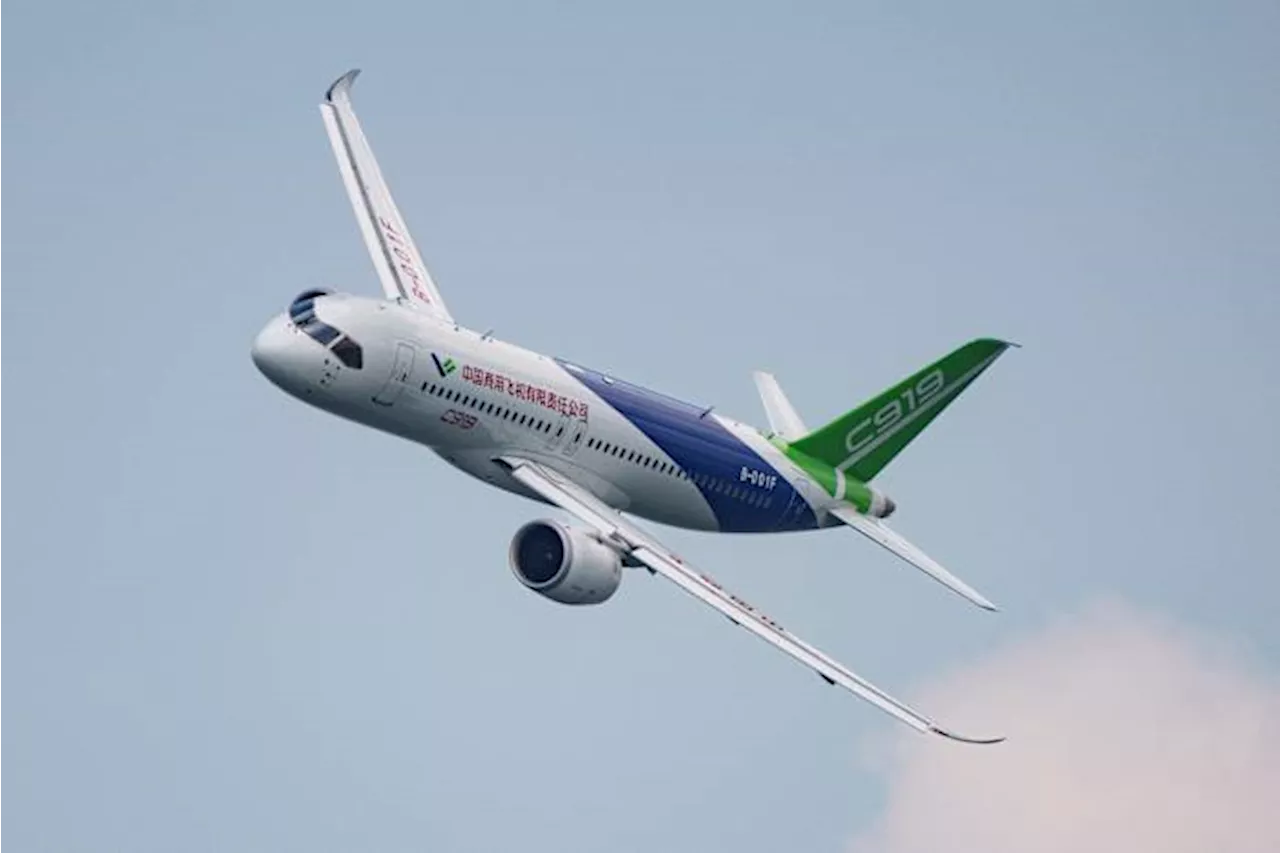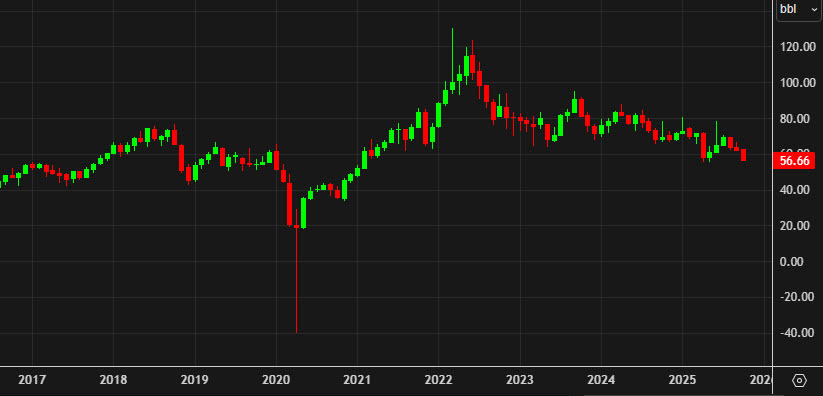China and the Association of Southeast Asian Nations (ASEAN) have formalized an upgraded free trade agreement, known as ACFTA 3.0. Signed in Kuala Lumpur on November 14, 2023, this agreement aims to strengthen economic cooperation amid rising global protectionism. It introduces new provisions focused on green energy and collaboration on electric vehicle (EV) standards.
During the signing ceremony, Chinese Premier Li Qiang emphasized that this upgraded agreement would enhance bilateral economic and trade cooperation, particularly at a time when many nations are confronting challenges from high tariffs imposed by external forces. He remarked that “disunity and confrontation will not only bring no benefits, but will lead to division and rule by external forces.”
The Chinese Ministry of Commerce described ACFTA 3.0 as a significant response to the current international trading system’s challenges. They anticipate that the agreement will inject confidence into regional and global economic growth, serving as a model for resisting protectionism. This marks the third upgrade to the original free trade agreement established in 2002 and fully implemented in 2010.
Regional Implications and Concerns
While the agreement has been positively received by many ASEAN members, it also brings underlying tensions to the forefront. The Philippines’ President Ferdinand Marcos Jr. acknowledged the potential benefits of the pact but stressed the need for China to commit to cooperation, particularly regarding ongoing disputes in the South China Sea. Marcos expressed concern over China’s continued territorial claims and aggressive actions, which he deemed “dangerous” and contrary to international law.
Malaysia’s Prime Minister Anwar Ibrahim highlighted the significance of ASEAN’s central role in global diplomacy, noting that engaging with both the United States and China reflects the organization’s commitment to balanced international relations. He remarked, “This is what we consider steady engagement that fosters trust that enables us to work through challenges together.”
The upgraded agreement includes provisions aimed at fostering collaboration on regulatory standards for EVs, an area where China holds a competitive advantage due to its substantial manufacturing capabilities in solar panels, electric vehicles, and batteries. This aspect of the agreement has been seen as a strategic win for China, aligning with its broader ambitions in green technology.
Global Trade Dynamics
The timing of the agreement coincides with heightened trade tensions globally, particularly between the United States and China. The ACFTA 3.0 is interpreted by some as a strategic move by China to reinforce its influence in Southeast Asia, countering the effects of U.S. tariffs implemented under former President Donald Trump.
As trade dynamics continue to evolve, many ASEAN nations are attempting to maintain strong diplomatic and economic relationships with both major powers. The new agreement could potentially reshape trade flows in the region, especially as countries seek to diversify their economic partnerships.
In summary, the signing of ACFTA 3.0 marks a pivotal moment in China-ASEAN relations, highlighting both opportunities for enhanced cooperation and significant geopolitical challenges. The coming months will reveal how this agreement will influence trade patterns and regional stability, especially in contested areas like the South China Sea.







